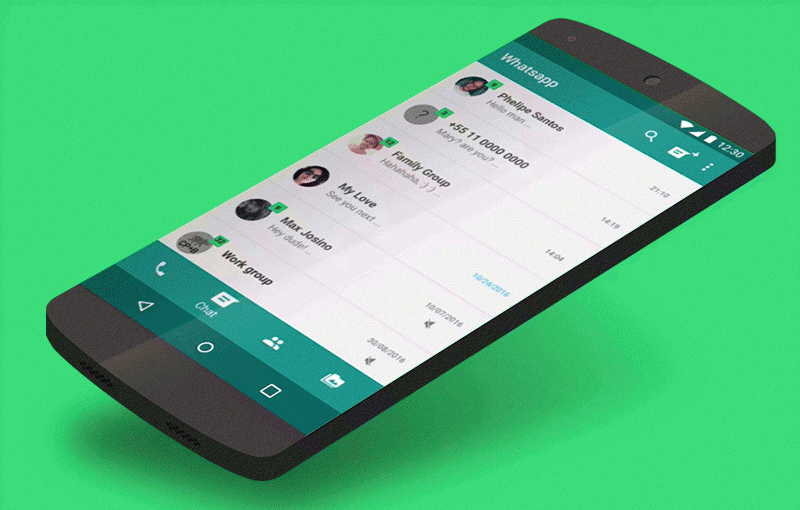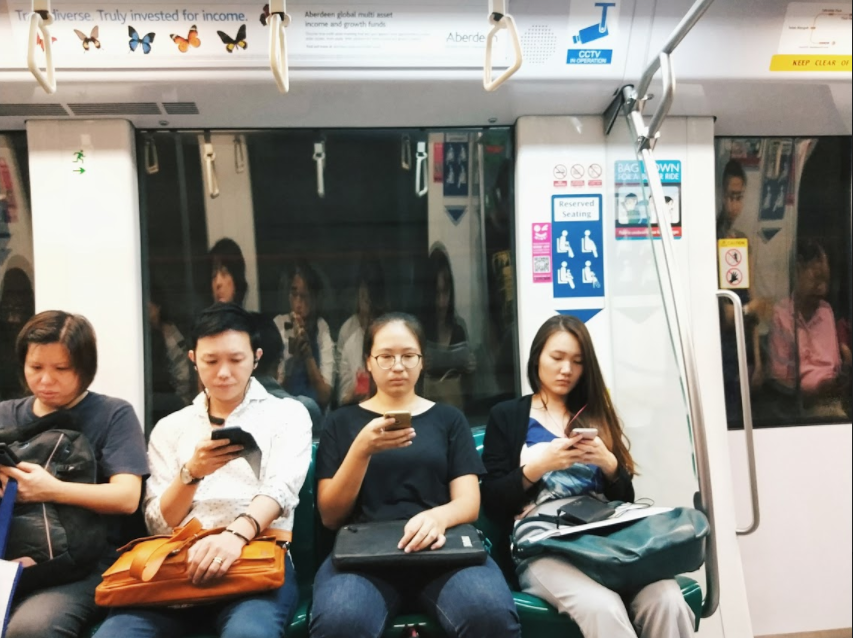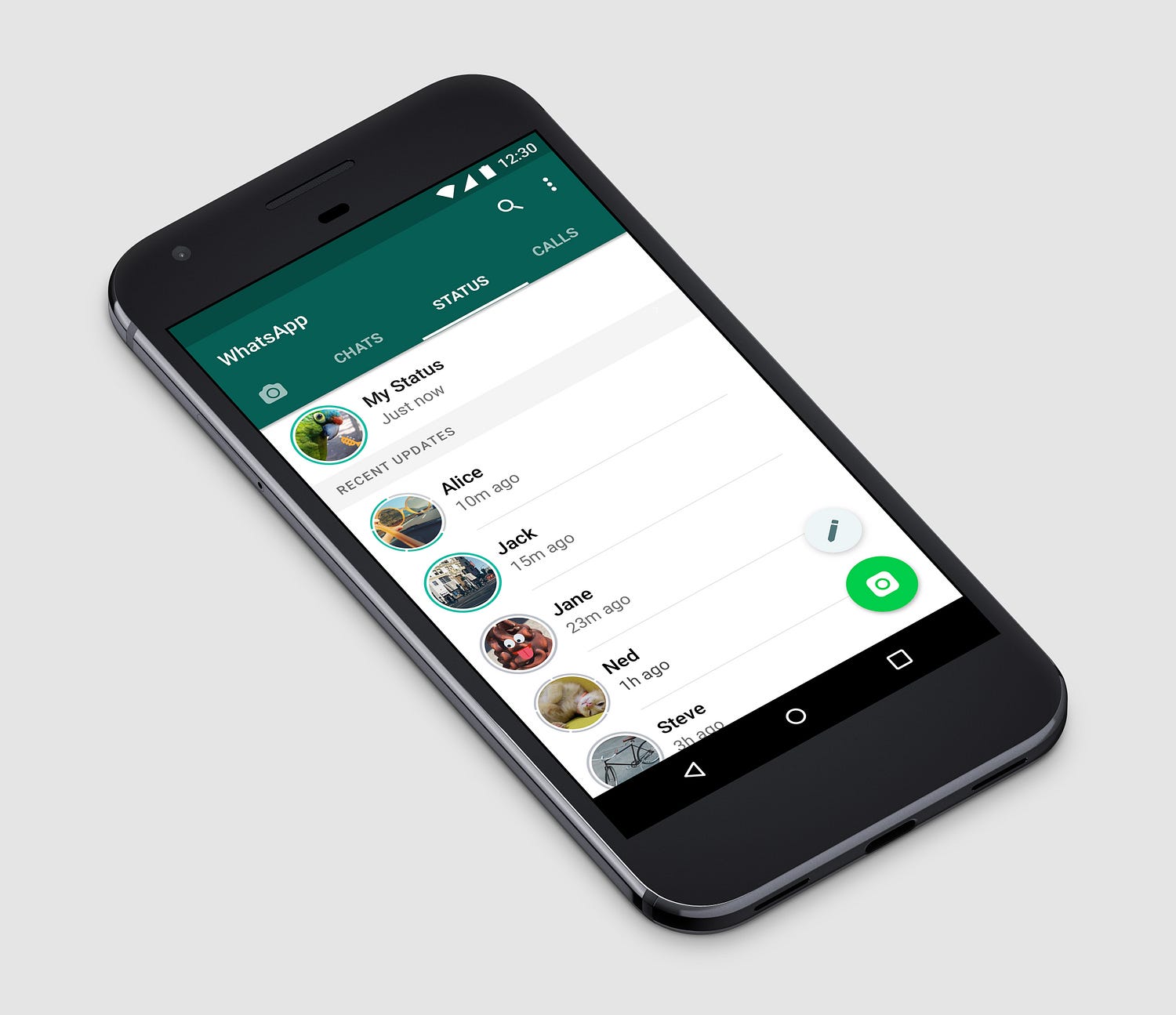I was clapping my hands as I read the first few paragraphs of Kim Goodwin’s chapter of Designing in the Digital Age and was thinking ‘more people need to read this!’ Especially my friends who don’t belong in the field of design – their mentality of ‘design’ is usually cheapened!
Like most readings that start with definitions of a word, the writer did the same and I was intrigued at how the writer defined some terms. As the writer puts it eloquently, she mentions how design is actually a craft because it’s neither science nor art. In my own definition, a craft is a skill that takes time to master. And we as designers, are crafters – where our goal is to actually solve problems.
Aka designers are actually problem-solvers.
This comes in well with the next point the author talks about, where a design should serve human needs and goals. Exactly! To solve the problem of our dedicated audience. It all goes back too the human – the users!
In my resumes or cover letters, I will usually add a point about passionate to create ‘human-centric design’. The word will not just be design but human-centric design. As the job you’re applying states ‘user experience’ or ‘human-computer interaction’, the ‘human’ or the ‘user’ is exactly the one we are reaching out/catering to.
Goal-directed design
Moving on to methods, the writer talks about goal-directed design. Here, personas are mentioned. Although I am unfamiliar with the term goal-directed design, I do hear about the use of personas as part of a design process. Personas help designers to imagine the different types of users of a product or service which encourages them to think even wider on how it could be received.
This method indeed works well and been proven that it works well and achieves qualitative results. Hence in design, yes there is no right or wrong but we follow a set of best practices.
Note: The writer then moves on to talk about best practices. I guess we were on the same page!
Double note: The origin of personas mentioned by the author developed at Cooper, was where she worked at. The Alan Cooper she mentioned, was actually none other than her boss. LOL
More Personas
I realised the writer mentioned about personas once again in the following part. Well, if something is mentioned repeatedly, it sure is something of importance. Very oddly, being in interactive media and in a design school, I have not implemented this method of personas in my work here. Perhaps it’s the type of work that we produce or modules taken. I’ve only ever started using personas during my UX internship.
Initially, I was quite confused about this whole idea of ‘persona thing’. It was the very first time I was putting it into practice. I was called into a meeting with the digital products team to review a product in its high-fidelity mock up state. Print outs of personas were stuck all over the wall and sticky notes and markers became our weapon.
“Val, don’t hold back. Be as critical as possible. Doesn’t matter if you hurt (co-worker’s name)’s feeling” said my boss in a serious tone but with a smile.
As a first-timer I was quite afraid to be blatant about my thoughts. Also, when I first read the scenarios and persona profiles, it actually came off as hilarious as these user archetypes felt very stereotypical. But in actual fact, I found by being really critical of how each group uses your product or service, the things taken into consideration might improve your overall product or service.
Closing thoughts: Design does not stand alone
All in all, I certainly think that design cannot exist just on its own. There are a lot f interrelated factors to make it a successful product. Design should be placed in the central part of the conceiving and development of a product. and from there, we can take different directions. If it’s not ideal, we can always go back to the centrepoint of the design.
Perhaps some questions would be, what about feedback? Which part is it of the design process? How much feedback to take in? How much is enough? Giving the author a benefit of doubt, these questions could have been addressed in another chapter. But essentially, I feel that taking in feedback and asking questions is an important part of the design process.
From experience, I received emails from the innovation lab team where they would send email invites for anyone on-site to come over for a brown bag session and gather feedback. Again, with markers and sticky notes.
Another food for thought would be, how do we actually forge healthy relationships with the other counterparts? Like the engineers or developers. They are important in the development of a tangible product. But, where could we start from building relationships with them?













